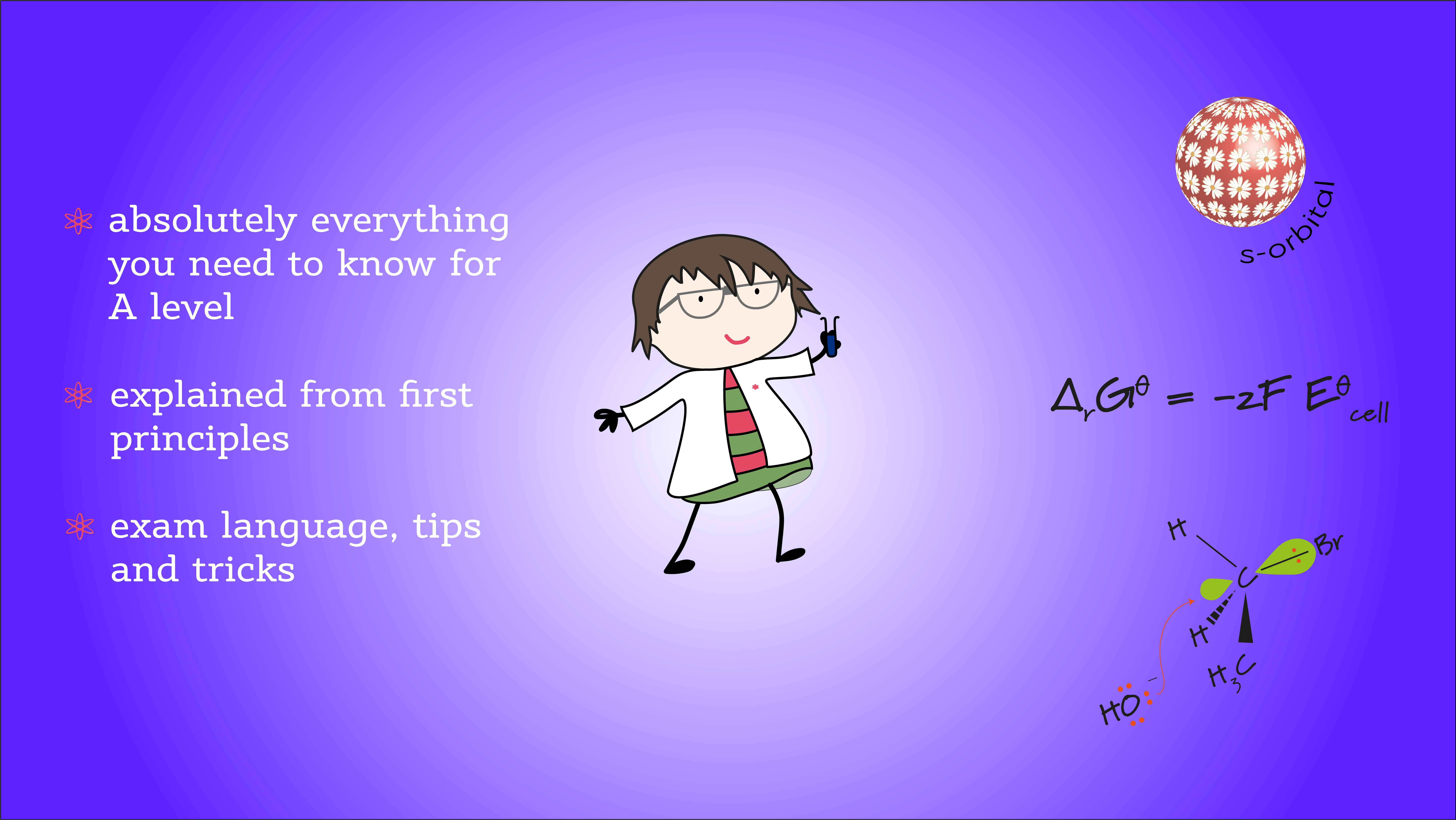Calculations for AS and A level Chemistry
Being confident in tackling different types of mole calculation is the foundation upon which much of A level chemistry stands
The ultimate A level chemistry resource

Being confident in tackling different types of mole calculation is the foundation upon which much of A level chemistry stands
This is a set of more difficult long answer exam questions that require you to use data from mass spectra,
Continue readingMixed spectra long answer exam question practice
24th NOvember 2025 Trending study hacks you should try (and a few you shouldn’t)! Powerful revision strategies and seriously effective
For almost all reactions there is an energy barrier to overcome – this is known as the activation energy, Ea,
Continue readingUsing the Arrhenius equation to find the activation energy for a reaction
The decomposition of dinitrogen pentoxide is a first order reaction . 2N2O5(g) ⇾ 4NO2(g) + O2(g) The rate of the
Continue readingDifferential and integrated rate equations for first order reactions
All first order reactions have a constant half life, t½, which means that the time taken for the concentration of
Graphs are one of the best ways we have to determine the quantitative relationship between an observed (plotted on the
Continue readingRearranging equations to give straight line graphs in Chemistry
A logarithm is simply the number of times we need to multiply one number together to make another number i.e.
Continue readingUnderstanding logarithms and natural logarithms in chemistry
Numbers expressed as an index or power of a base number are common in chemistry and you need to be
A clock reaction can be used to measure the rate of reaction in certain circumstances. In a typical reaction the
We can use a colorimeter to follow the rate of a reaction if one of the reactants or products is
Continue readingUsing colorimetry to follow the rate of a reaction
In order to write a rate equation (rate law) for a reaction we need to know the orders of reaction
Continue readingDetermining orders of reaction and a rate equation from experimental data
The reaction between hydroxide ions and bromoethane involves a collision between a molecule of each of the reactants, which means
Continue readingUnderstanding the rate law and orders of reaction